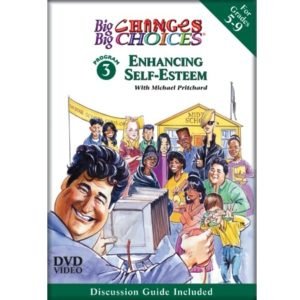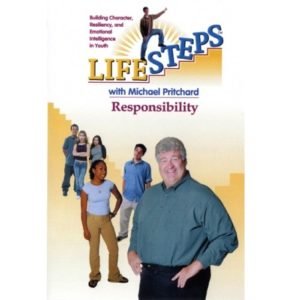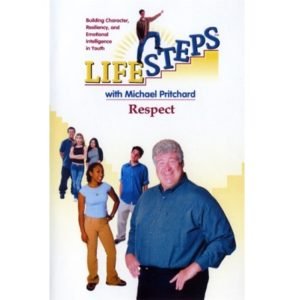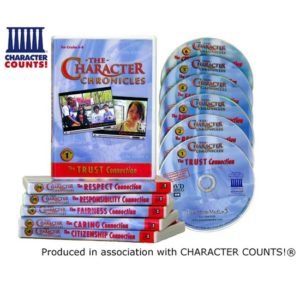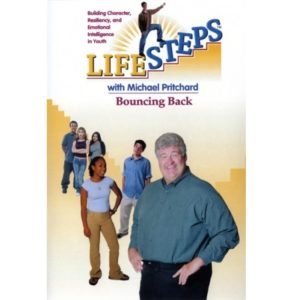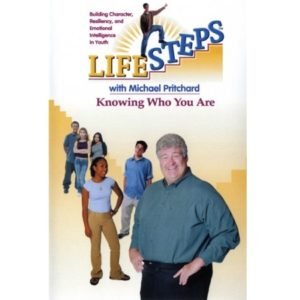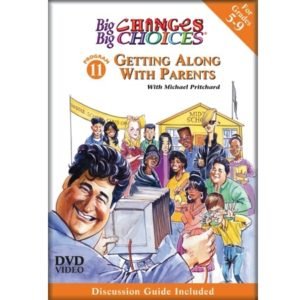OPIOIDS: Addiction, Overdose and Death
$149.95
-For Grades 7 & Up
-DVD + Printable Teaching Guide
-Released in 2018
This program, designed for middle and high school students, clearly describes the dangers of prescription-based opioids abuse. Opioid abuse is epidemic with thousands of overdoses and many deaths. The NIH reports that among youth aged 12 to 17, 3.0% reported past-month nonmedical use of prescription medications. Four young users talk about how they first started on drugs like Oxycodone or Percocet, and then spiraled down into using heroin, morphine, fentanyl, and others.
- Description
Description
This program, designed for middle and high school students, clearly describes the dangers of prescription-based opioids abuse. Opioid abuse is epidemic with thousands of overdoses and many deaths. The NIH reports that among youth aged 12 to 17, 3.0% reported past-month nonmedical use of prescription medications.
Four young users talk about how they first started on drugs like Oxycodone or Percocet, and then spiraled down into using heroin, morphine, fentanyl, and others.
Includes: 18-minute video, teacher’s resource book, and student handouts with pre/post tests.
DVD contains Spanish subtitles.
Sample Video Clip:
Reviews:
Shorter than but similar to a recent entry from Human Relations Media on the subject (The Opioids Epidemic: How I Became a Heroin Addict, reviewed in VL-1/17), this guidance title features recovering drug addicts (including one I recognized from the previous entry) who share their experiences. A Young host explains the difference between opiates such as morphine or codeine and the mixed bag opioids including fentanyl, oxycodone, vicodin, heroin, and Percocet. Using graphics to illustrate how the drugs work in the body, the program covers the dangers of suppressed organ systems, the trauma of withdrawals, and painful issues with families, as well as isolation (one interviewee talks about how drugs eroded “my sense of being a human”) and suicide attempts. Viewers are cautioned to look for non-opioid options for handling pain, and given the always-good advice to “stay alive.” Bonus features include a PDF teacher’s resource book. While not as comprehensive as the earlier mentioned title, this is still a solid and timely program that addresses an epidemic crisis. Recommended. Aud: H, C, P. (J. Williams-Wood)
– Video Librarian



